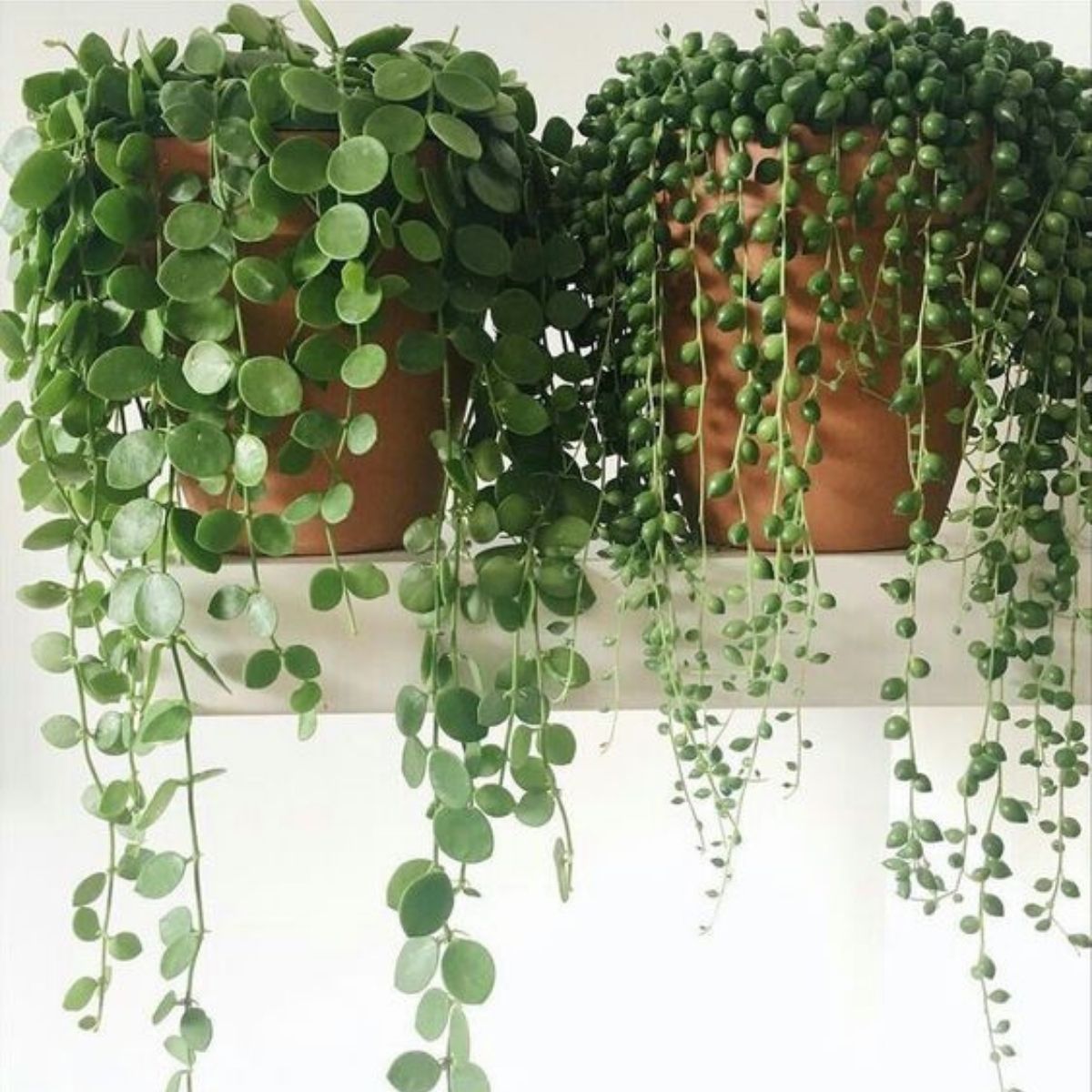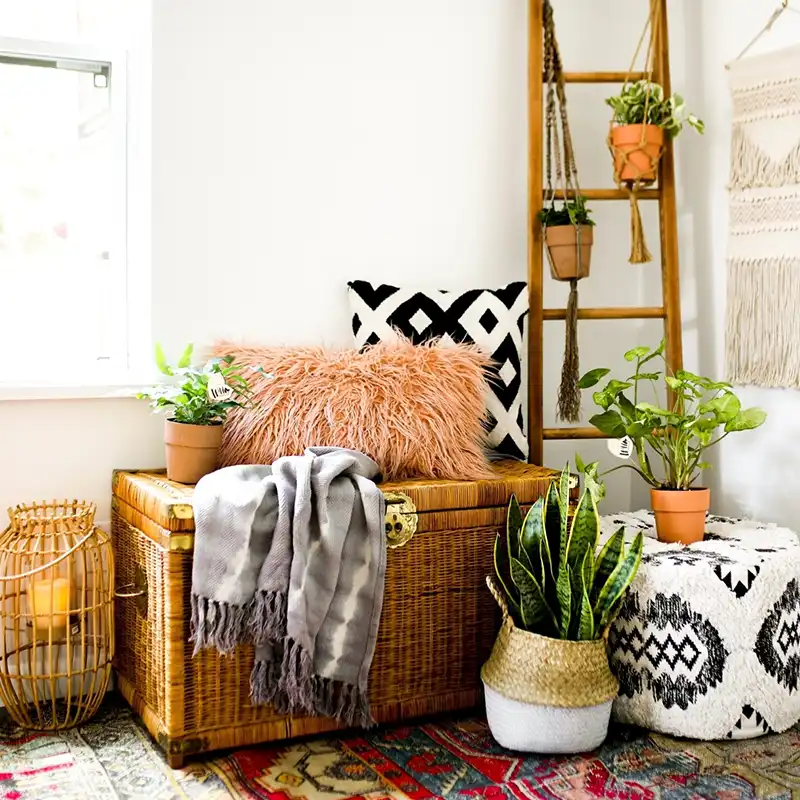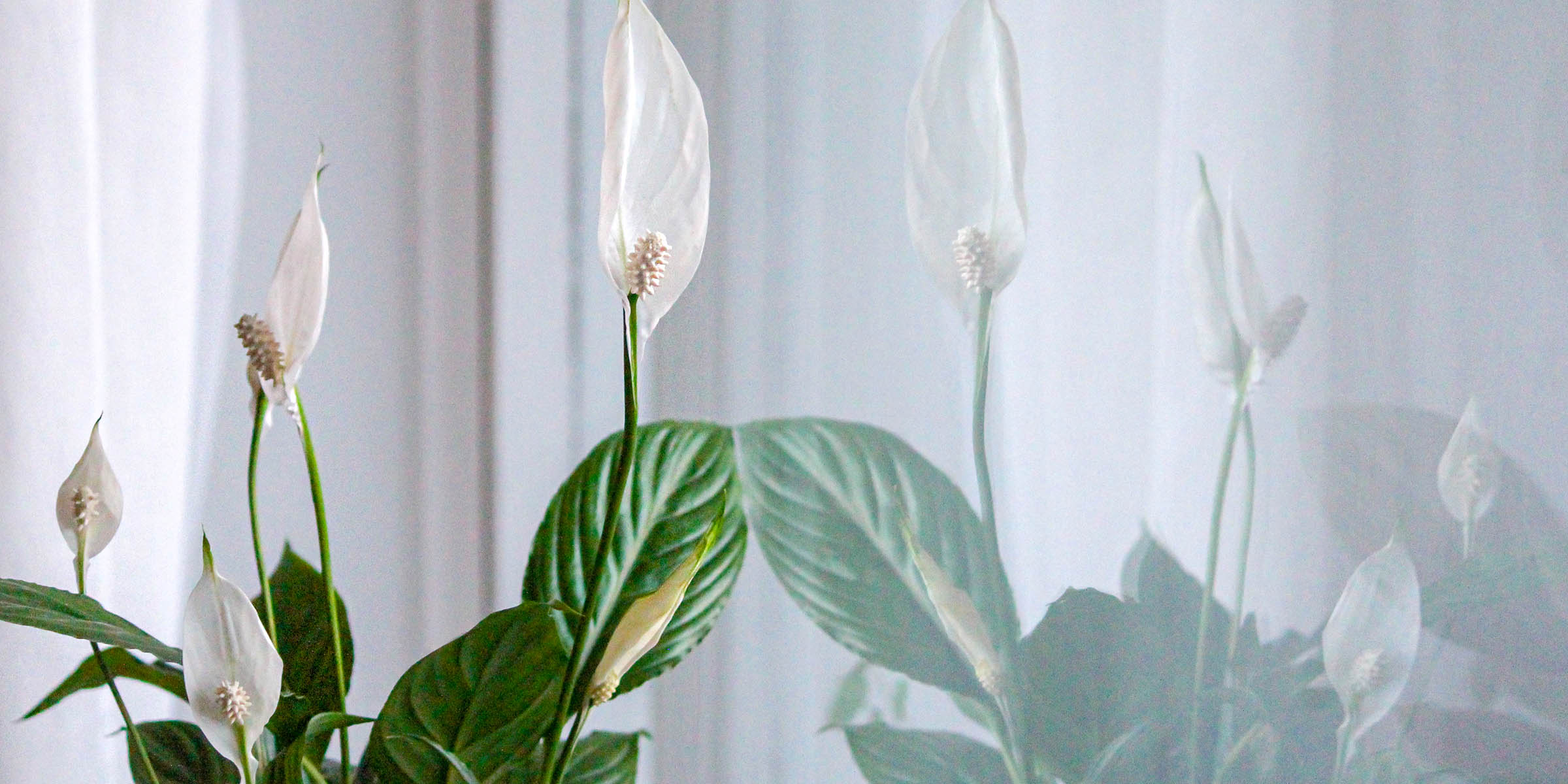The money tree is a perfect indoor foliage plant to give you a tropical feel. With its braided stem and bright green palm-looking leaves, it looks both like a tree and palm. Native from Mexico to northern South America, the money tree is also very popular in Taiwan and other East Asian countries.
Everything You Need to Know About the Money Tree
Pachira aquatica is known by a large number of common names including water chestnut, Guiana chestnut, and Malabar chestnut. In addition, it is often commercially sold as a houseplant or bonsai under the name of money tree or money plant. Money trees typically have a distinctive long, thin trunk that is made up of intertwined stems that are plaited together. This is done when grown in a nursery. Cultivators slowly braid the supple young, green trunks before they turn hard and woody while the money tree grows. Each branch sports five big, bright green leaves. In the wild, Pachira aquatica barely resembles its houseplant relation and grows into huge trees with great flowers and have no braided trunks.
The Good-fortune Plant
In 1986, a Taiwanese truck driver first cultivated five small trees in a single flowerpot with their trunks braided. The popularity of these ornamentals took off in Japan and later much of the rest of East Asia. They are symbolically associated with good financial fortune and are typically seen in businesses, sometimes with red ribbons or other ornamentation attached.
The name of this houseplant is derived from an old tale in which a poor man acquired wealth by discovering this tree and selling its seeds. The poor man prayed for money on the banks of a tropical swamp but found a strange-looking plant instead and decided to take it home as an omen. He is then struck with the idea to sell its seeds, and the rest is history. Up to this day, especially under Feng Shui teachings, the money tree is believed to bring good luck to those who plant it in their home or office, making it the perfect housewarming gift or to congratulate someone on their new job.
Where to Grow
The pachira aquatic is an evergreen tree or large shrub that will grow up to 18 meters high in its natural habitat but grows usually a little bit smaller - typically between 1.80m and 2.40m - indoors. The money tree likes light but no direct sunlight. It's best to place it on the north or east side of your house or office, rather than on the south side. A great indicator for its sunlight needs are the leaves; if the leaves turn yellow, your money tree gets too much light. When this is the case, place it about a meter farther away from the window. If the leaves grow too fast (stretching), your pachira aquatic doesn't get enough sunlight and should be moved a little closer to the window.
Variegated varieties
Just like the ever-so-popular Monstera Deliciosa Albo Variegata, money trees can be variegated as well. Caused by a genetic mutation, in this type of variegation, plants show two different chromosomal make-ups in a single plant, where some tissue is able to produce chlorophyll and other is not. The result is a plant with white or yellow zones intermixed with the solid green form, as shown below.
How to Care For Your Money Tree
To avoid root rot, a money tree needs a sandy, peat-moss-based soil and a pot with good drainage. Although it likes humidity in general, you should let its soil dry out between watering. A good schedule for most environments is to water when the top 5-10 cm of soil is dry. Water thoroughly, until water flows out the drainage holes of the pot, and pour out the excess from the tray so that the roots don’t sit in water. During the growing season, fertilize once a month with a liquid plant food at half strength, but skip fertilizer in the winter.

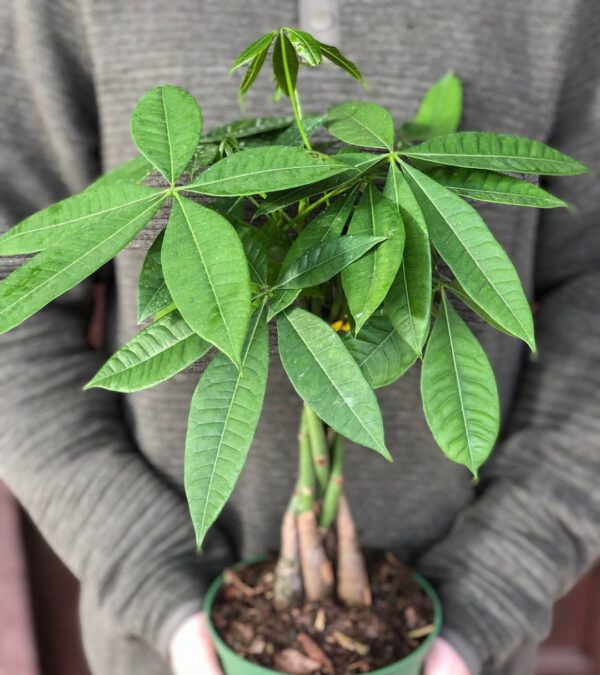 via
via 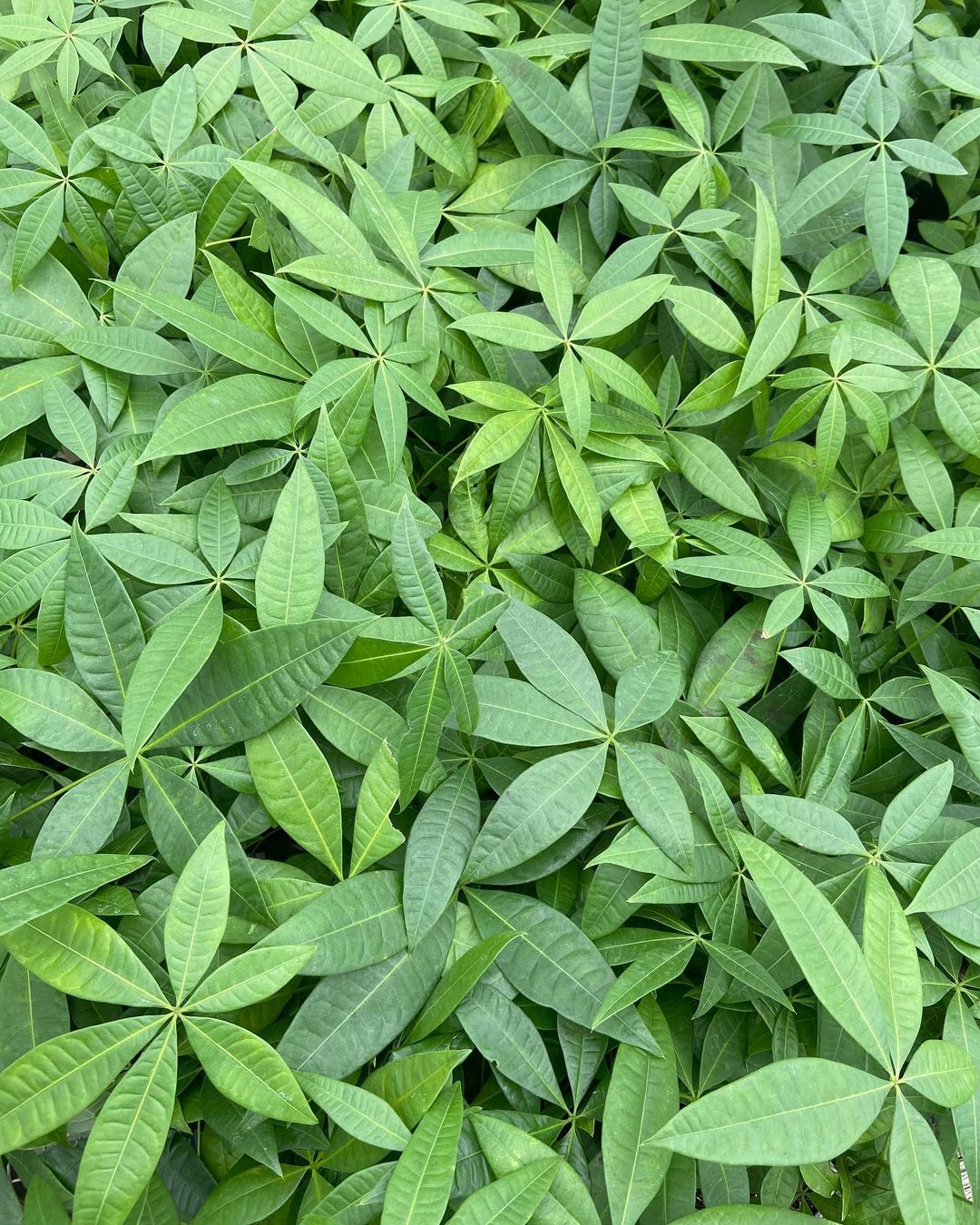
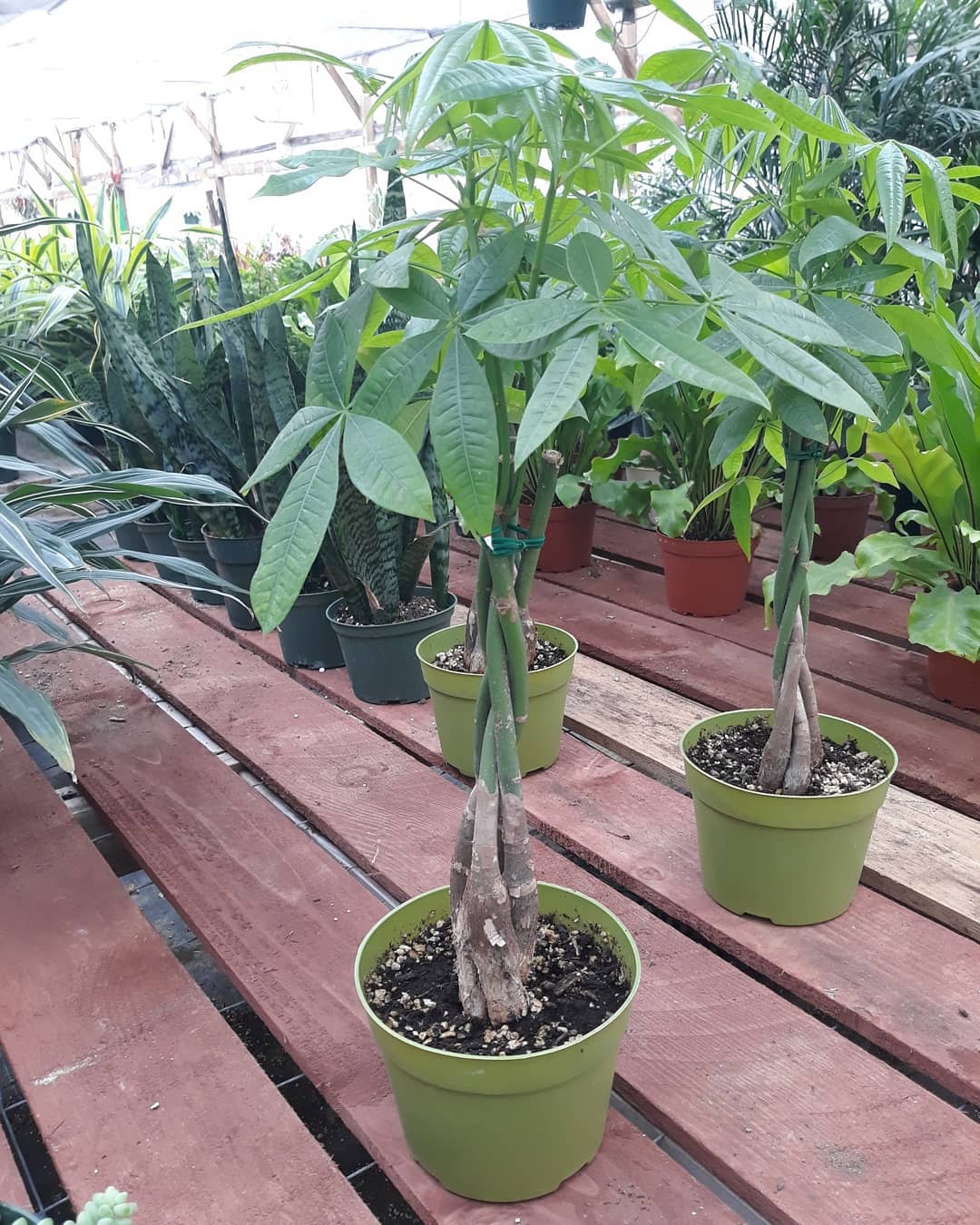
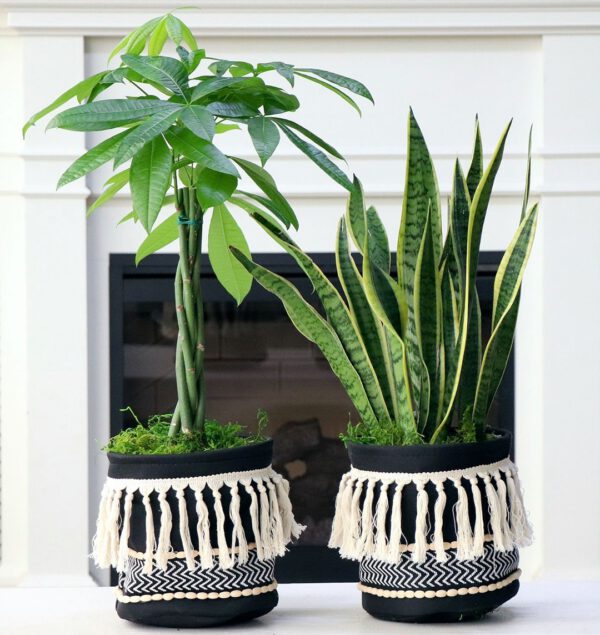 Image via
Image via 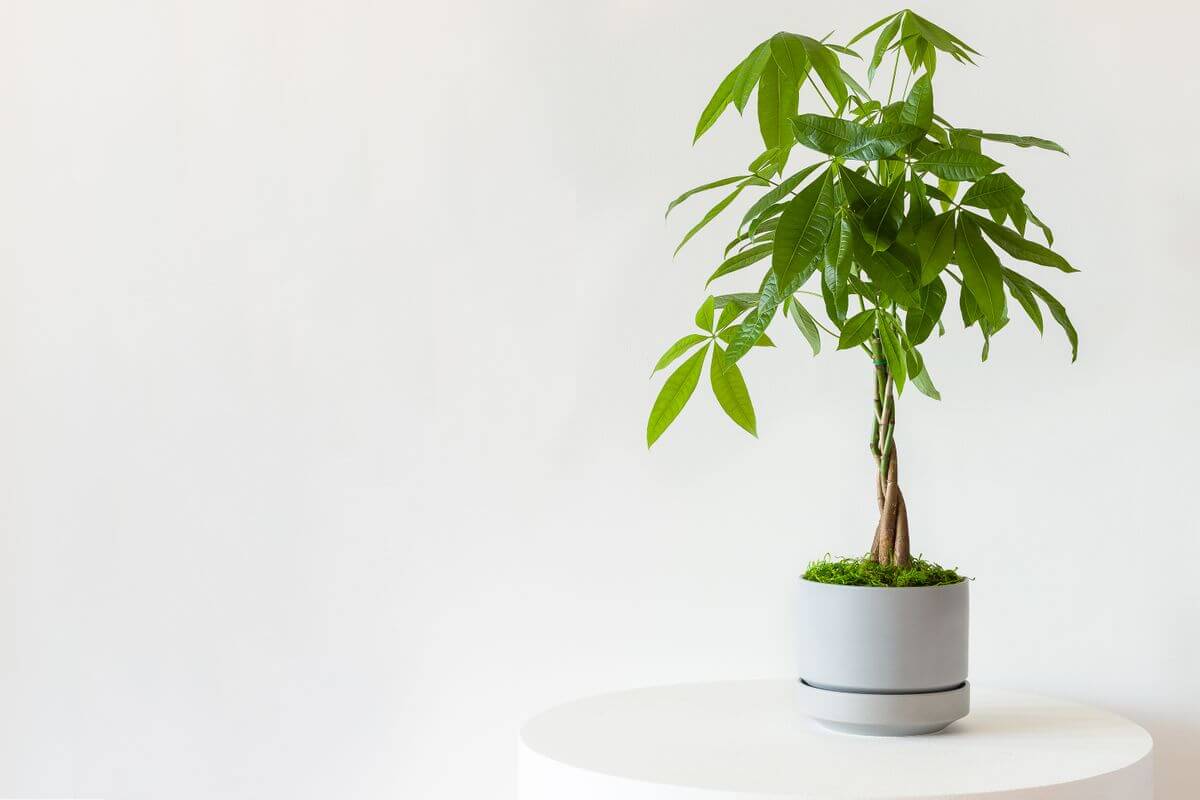 Money Tree via
Money Tree via 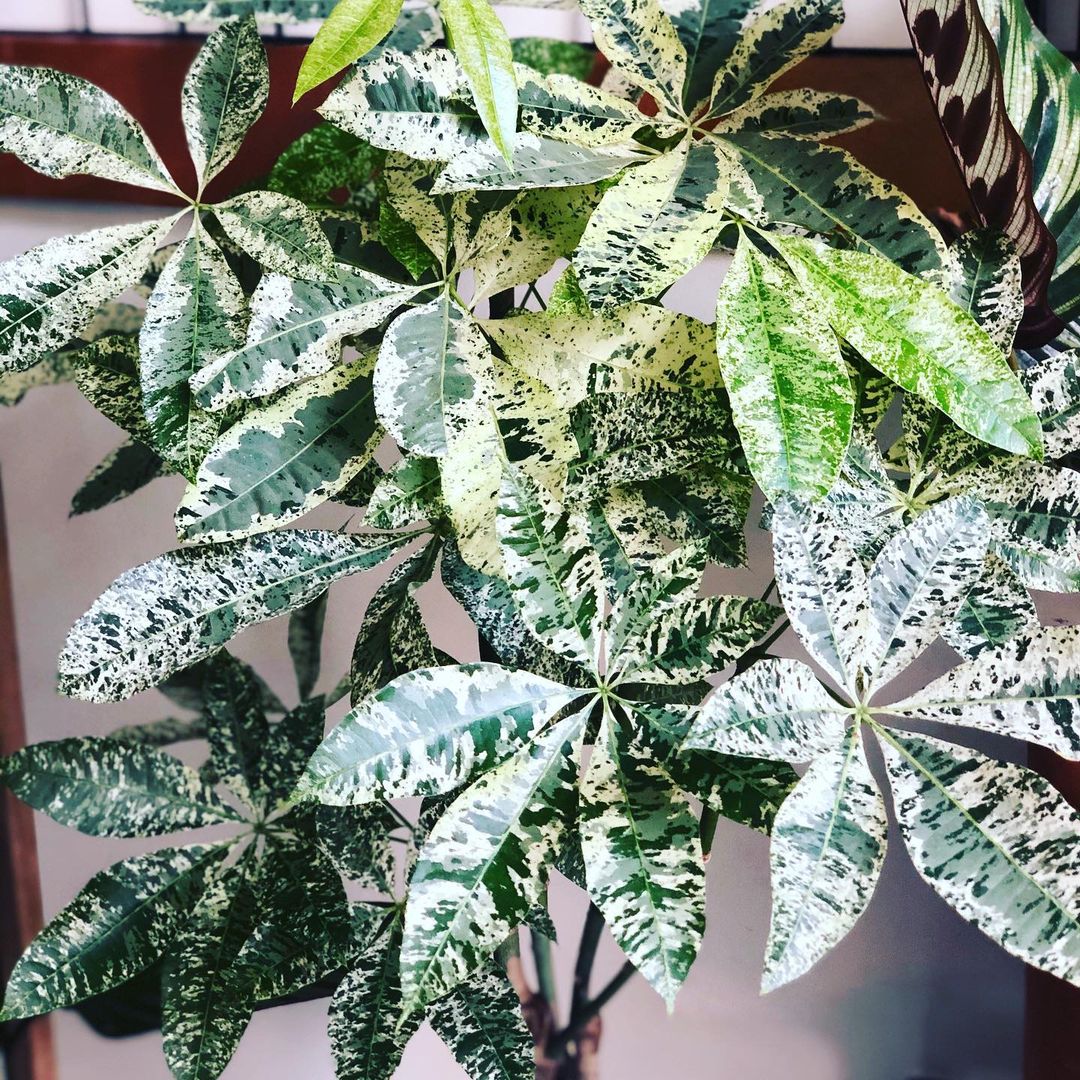
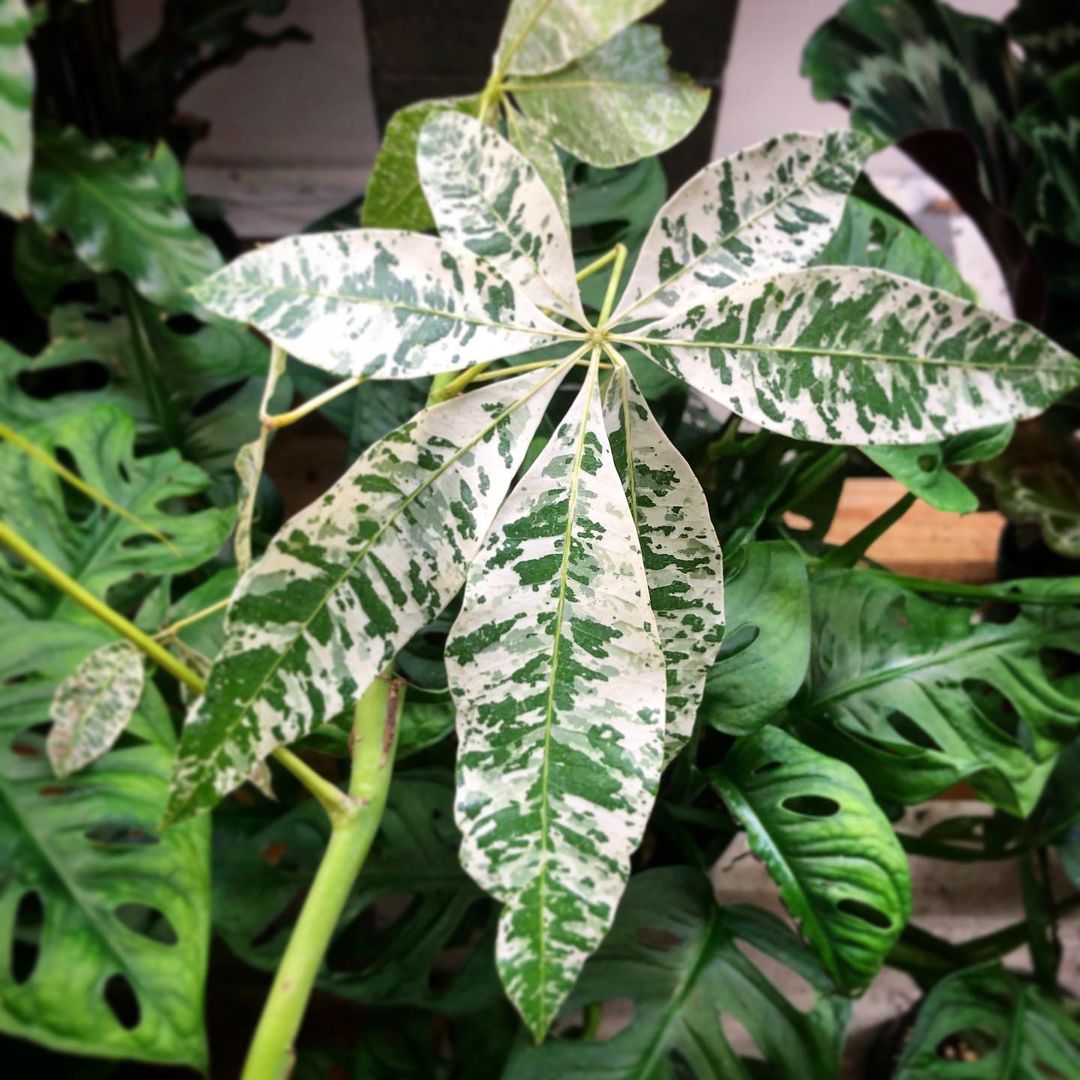
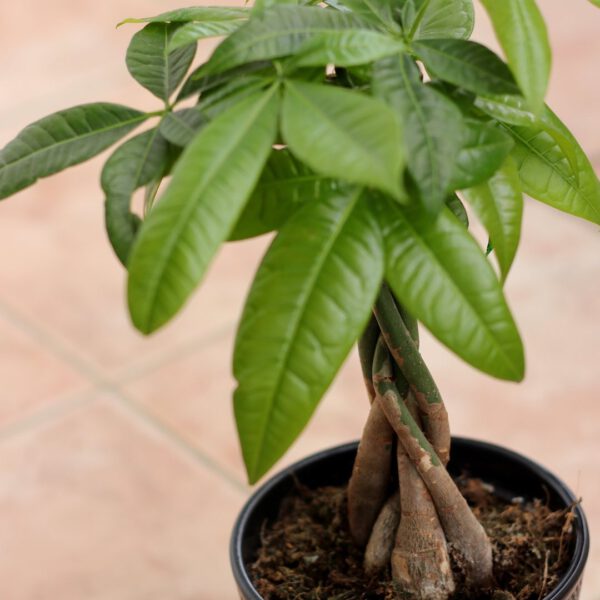 via
via 

